
-
Ten everyday lessons
Read more: Ten everyday lessonsChantelle Gray offers a vivid tribute to Deleuze and Guattari’s radical becomings, calling for creative resistance and world-making.


Chantelle Gray offers a vivid tribute to Deleuze and Guattari’s radical becomings, calling for creative resistance and world-making.
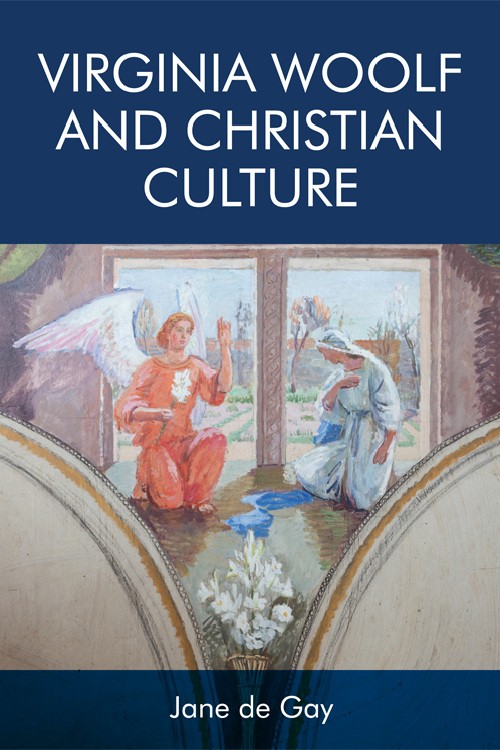
Jane de Gay discusses what Virginia Woolf really thought about Easter in a series of blog posts throughout Holy Week.

Jane de Gay discusses what Virginia Woolf really thought about Easter in a series of blog posts throughout Holy Week.

Jane de Gay discusses what Virginia Woolf really thought about Easter in a series of blog posts throughout Holy Week.
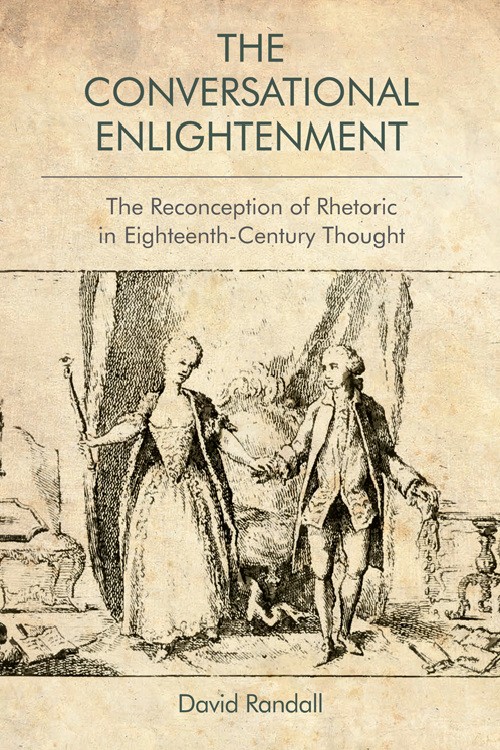
By David Randall The Concept of Conversation In Roman days the leisured noble’s speech Was conversation, sermo, where all spoke To seek out truth, with each persuading each To maintain chat by wooing phrase and joke. This style of speech…
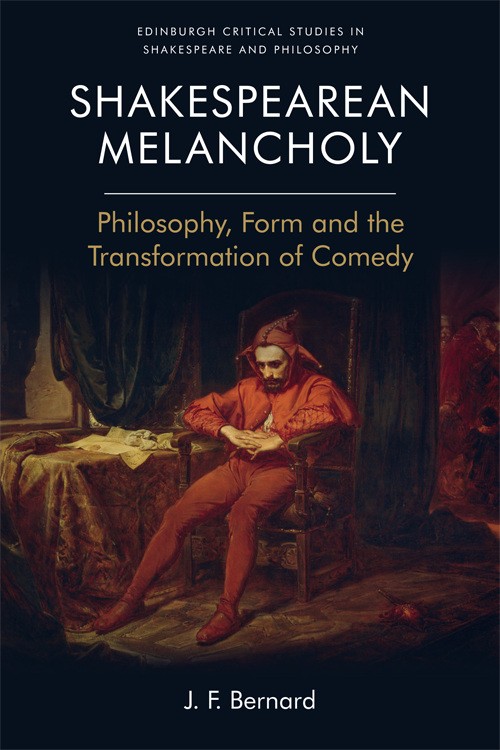
J.F. Bernard discusses melancholy - the happiness of being sad - through Grock the clown and Shakespeare's tragic comedies.
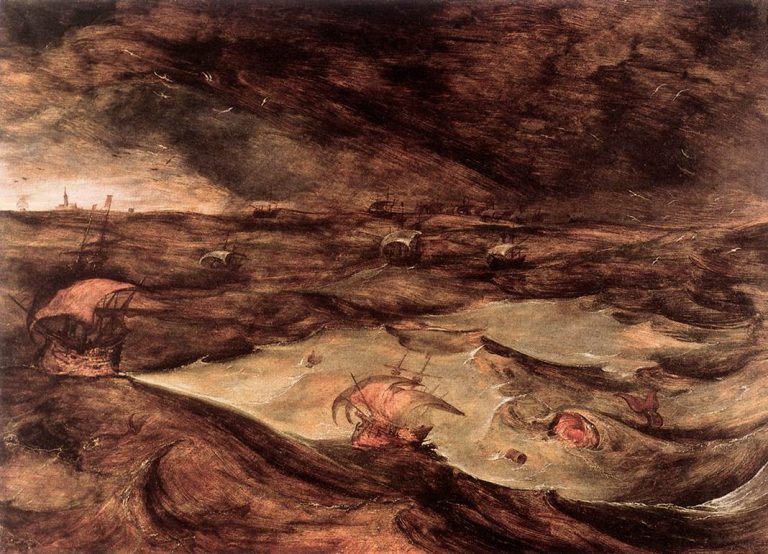
By Sophie Chiari In Romeo and Juliet, the lovers are plagued by the dog days that overdetermine the climate of the play and turn heat into hate. Interestingly, Shakespeare’s sources all set the story in a cold winter which put forward…
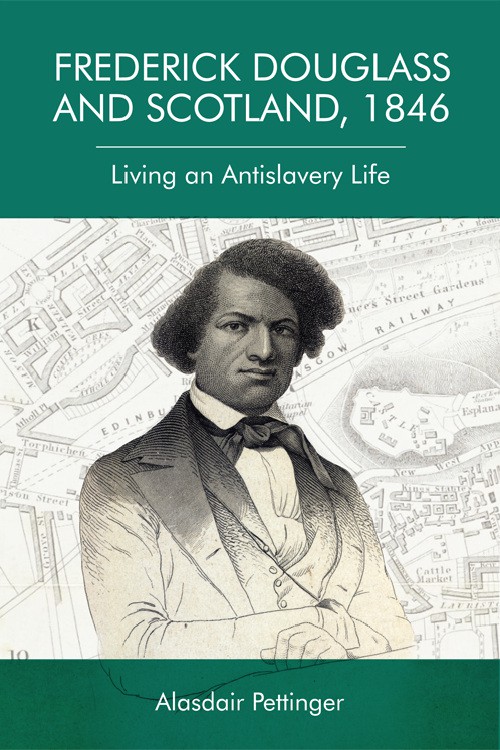
Recent research has suggested that Frederick Douglass (1818-1895) was the most photographed American of the nineteenth century. The former slave who became a leading intellectual and civil rights campaigner of his age, was captured on camera more times than George…

By Chris Coffman The Parisian salon hosted by Gertrude Stein and Alice B. Toklas was unique among queer modernist spaces. Unlike Natalie Barney’s salon emphasizing women, femininity, and Sapphic identity or the cosmopolitan Paris of queer outcasts surveyed in ‘John’…
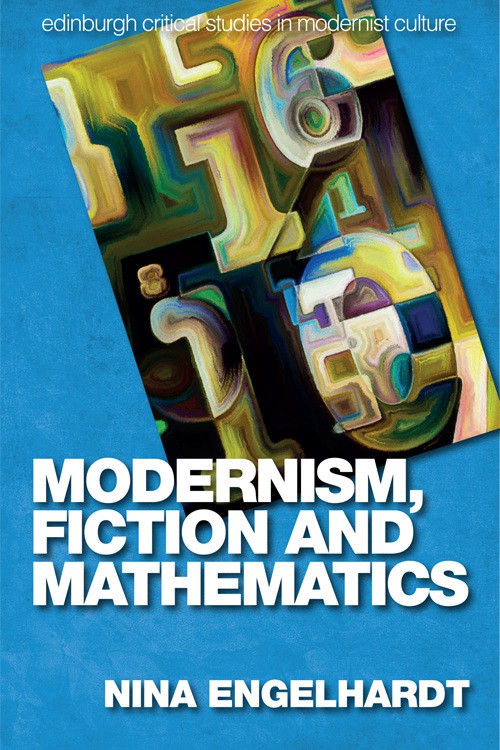
By Nina Engelhardt 1. Contrast Mentioning ‘literature and mathematics’ in one breath often leads to raised eyebrows and reminders of the stereotypical contrast between the fields: the rigour and exactitude of mathematics and its universal truths can be seen as…
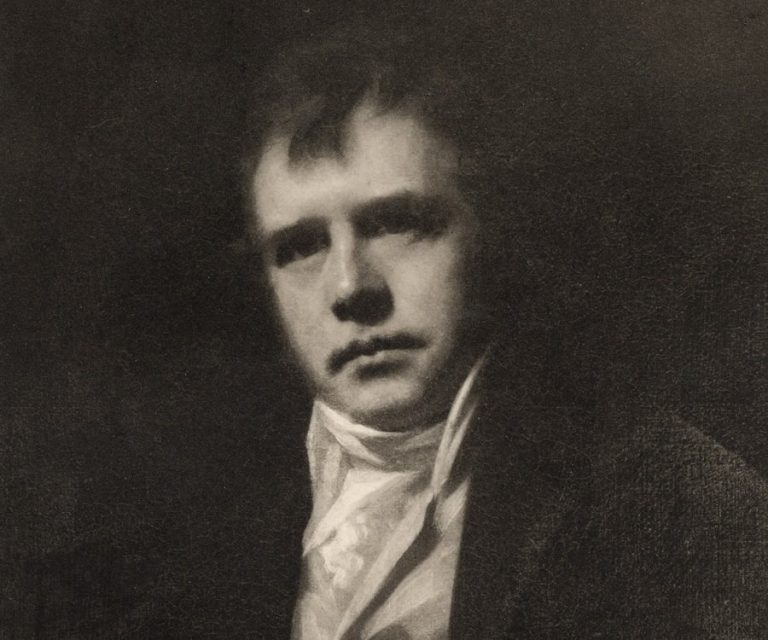
Walter Scott’s poetry dominated the early years of the nineteenth century but has subsequently fallen into relative obscurity. The first scholarly edition of Marmion (1808), the second of Scott’s grand historical narrative poems, has recently been published and sets out…